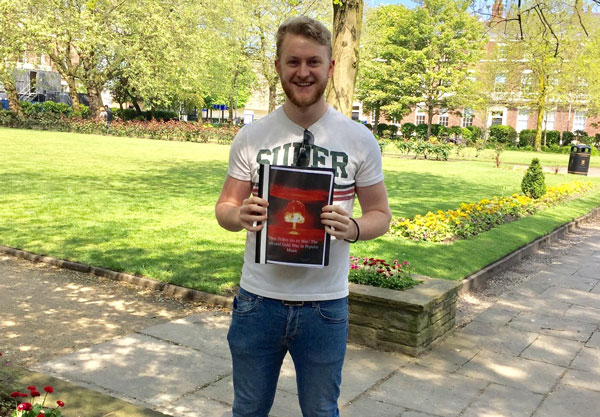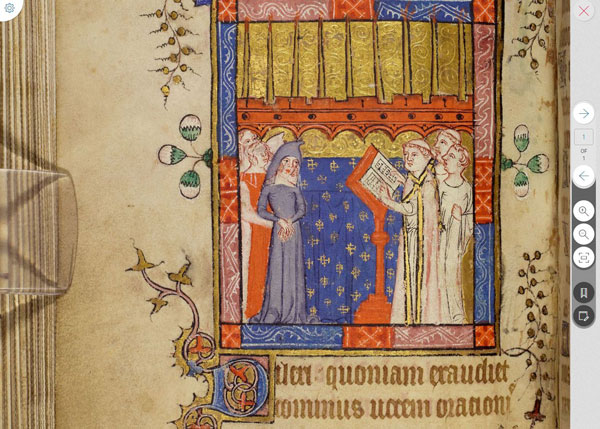
Still lugging heavy history books around? Student, Harry Roberts, gives us the lowdown on how he's been using the new history e-textbook, 'Using Primary Sources' and how it's changed the way he researches the subjects he's passionate about.
"The 'Using Primary Sources' history e-textbook produced by our lecturers, has definitely been created with students in mind. Of course, I can still keep in touch with my lecturers in person, but this resource allows me to highlight a section of text and ask my lecturer for specific clarification, insight or advice. The chapters explain how historians should (or could) approach primary sources in a step-by-step manner, which encouraged me to refine my own approach to primary material and become more analytical.
For example, I’d never previously considered something like a river as a historical artefact! But this resource has allowed me to revisit and absorb new theoretical approaches without having to wade through pages of historiographical jargon, which can be overwhelming.
I’ve also realised the different ways that we might interpret a source in relation to an event or debate, or place it alongside a wide range of other materials ranging from 1960s badge collections (from the library's special collections) to millennia-old artwork.

As a Cold War-era historian, I was able to delve into the medieval collection and see parallels between my own research into female agency during the Cold War and that of female leaders over 800 years previously. As historians we are often guilty of ignoring material beyond our period of research. This resource allows you to get an important insight into the rich source material beyond your main period of research, and the varied approaches undertaken by scholars of different periods and disciplines.
Being an e-textbook, I’ve also found it’s pretty handy in a practical sense. It’s easy to use and has features that seem familiar after using sites like Amazon and using social media. I also like that you can rate, comment, and interact with other students and the writers themselves, providing a forum for things like seminar discussions.

The ability to highlight, annotate and download the chapters or resources gives the e-textbook all the qualities of a physical book, without the impracticalities of having to lug heavy rucksacks around campus, or on those long (usually wet), slogs up the hill from Smithdown Road to the library! This also means you can take the publication with you wherever is necessary - great if you wish to avoid the heinous cost of wifi on long journeys back home.
This resource has encouraged me to look again at my approach to individual research and to form my own conclusions. And it’s completely free!"
Find out more
Browse the e-textbook and find out more about how it was created.